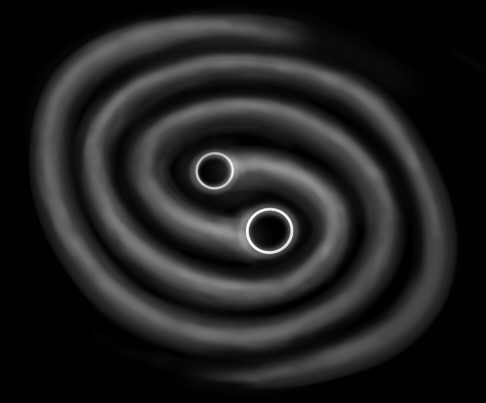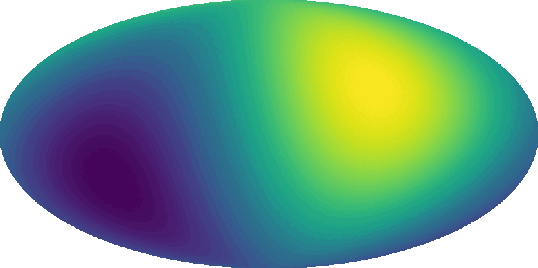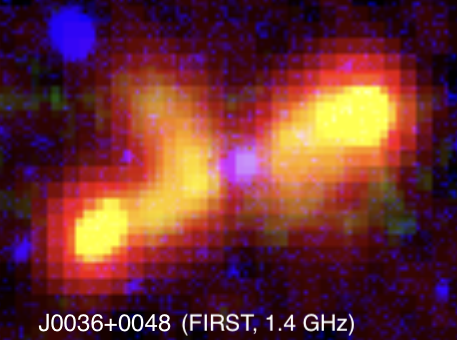Hi, I'm Emiko
I am a third-year graduate student at UC Berkeley and a member of NANOGrav, working with Prof. Luke Kelley researching nanohertz gravitational waves (GWs) from supermassive black hole binaries (SMBHBs). My research interests more broadly including black holes, cosmology, and gravitation. A list of my publications is available here.
I graduated from University of Virginia in 2022 with a BS in Physics and Engineering Science (Physics+CS BYO degree). There, I researched massive protostellar outflows and X-shaped radio galaxies, played on the Virginia Women's Rugby Team (go Flos!), and was primarily involved in Sigma Pi Sigma and Rodman Council (details in my CV).
I now spend most of my time in Campbell Hall or coding in my favorite coffee shop, while blasting EDM through my earbuds (dubstep when version control issues get frustrating). I also enjoy yoga, running, crocheting, any kind of puzzle, and the occassional art project.




